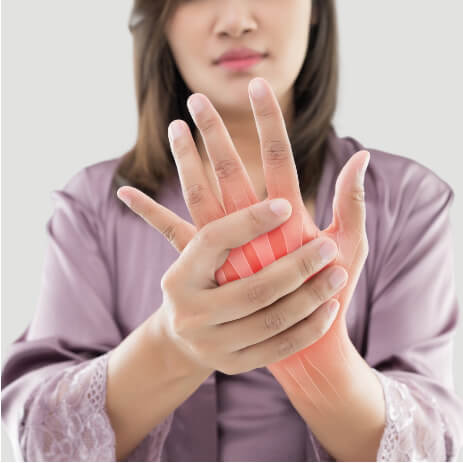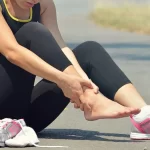Arthritis is a common condition that affects joints and can cause pain, stiffness, and reduced mobility. Many individuals rely on conventional treatments such as medication, physical therapy, and lifestyle changes to manage symptoms. However, there is growing interest in regenerative medicine as an additional option for support. This approach involves treatments that aim to encourage the body’s healing processes and may complement standard care.
Arthritis and Its Impact
Arthritis is characterised by inflammation in one or more joints. Common forms include osteoarthritis, which often arises from wear and tear of joint cartilage, and rheumatoid arthritis, an autoimmune condition. These conditions can lead to pain, stiffness, and swelling, making day-to-day activities challenging.
Conventional treatments are designed to manage symptoms and slow progression. Nevertheless, the body’s healing capabilities may also be supported by regenerative medicine. Combining these approaches can create a more rounded treatment plan.
Conventional Treatment Methods
- Medication
Many individuals use pain relievers or anti-inflammatory drugs to help ease joint discomfort. In some instances, prescription medication can be considered if over-the-counter products are not sufficient. - Physical Therapy
A physiotherapist can provide guidance on exercises that help maintain or improve range of motion, muscle strength, and balance. Gentle activities such as swimming or stationary cycling may also be recommended. - Lifestyle Changes
- Weight Management – Reducing excess weight can lessen the load on weight-bearing joints, potentially easing pain.
- Balanced Diet – Nutrient-rich foods, including fruits, vegetables, and lean proteins, can support overall well-being.
- Stress Reduction – Techniques like yoga or mindfulness may help manage chronic pain and fatigue.
These methods often focus on symptom management and maintaining joint function. While they can be effective in many situations, some individuals look for additional support to address ongoing pain or slow changes in joint health.
Regenerative Medicine Options
Regenerative medicine involves procedures aimed at supporting the body’s natural repair processes. Examples include:
- Platelet-Rich Plasma (PRP)
This involves taking a small sample of the patient’s own blood, separating platelets through centrifugation, and injecting the concentrated plasma into the affected joint. Platelets contain growth factors that may assist tissue healing. - Cell-Based Therapies
Some procedures use specialised cells, often taken from the patient’s own tissue, which are then injected into the joint in an effort to encourage tissue repair and reduce inflammation.
Research into these methods continues, and outcomes can vary. However, for certain individuals, regenerative options have provided additional relief.
Creating a Holistic Treatment Plan
A combined approach to arthritis care seeks to address pain, inflammation, and the factors that contribute to joint damage. Below are ways in which regenerative medicine can fit alongside conventional strategies:
- Enhanced Healing Environment. Strengthening muscles around the affected joint through physical therapy may create favourable conditions for regenerative procedures to work.
- Symptom Management. Medication and lifestyle adjustments can reduce acute pain and swelling, potentially making regenerative treatments more comfortable and allowing individuals to remain active during recovery.
- Ongoing Assessment. Regular check-ups can monitor joint health, track improvements, and make timely changes to the treatment plan. This could involve adjusting exercise routines, modifying medication, or scheduling additional regenerative injections if necessary.
- Personalised Approach. Every individual’s experience with arthritis is different. Combining methods allows for tailored care that can address pain, mobility, and overall quality of life.
Moving Forwards: Consultation and Next Steps
For those considering both conventional and regenerative options, speaking with a healthcare professional is helpful in understanding which strategies might be suitable. Discussions can include the type of arthritis, overall health, and personal activity goals. By reviewing these factors, a plan can be created that aims to support joint function, manage symptoms, and encourage tissue repair.
At Liberty Orthopaedic Clinic, our team provides guidance on a variety of treatment methods, including both procedures and regenerative approaches. We work with individuals to create realistic goals and develop tailored programmes for joint health. If you wish to learn more about how conventional and regenerative strategies may work together for your arthritis, contact us today to schedule a consultation. We are here to support your journey towards a more comfortable and active life.










